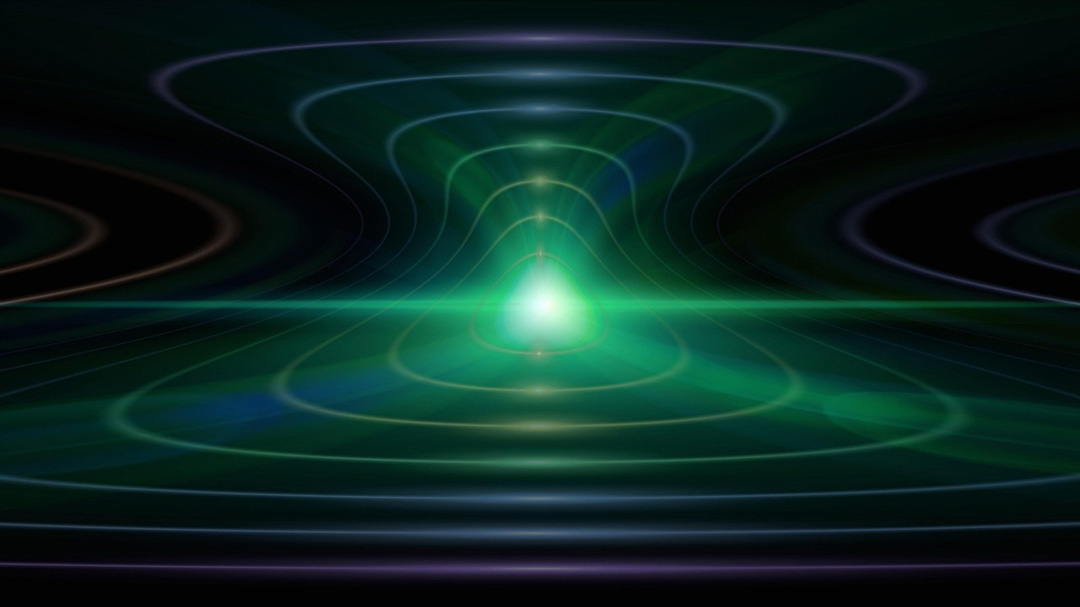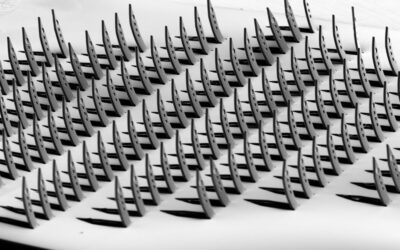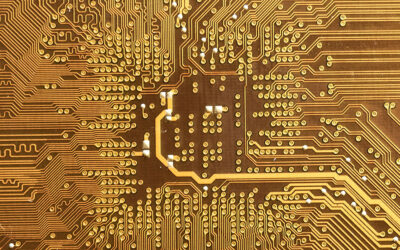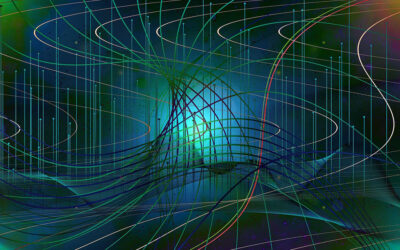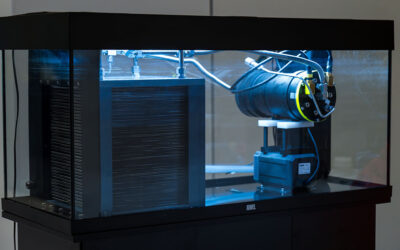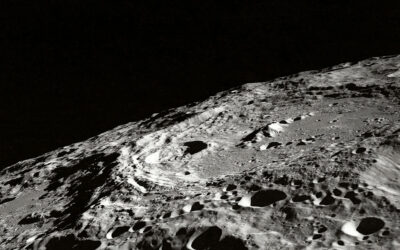Scientists are not only developing a more secure means of sharing data, but are also exploring ways to achieve this over long distances using satellites and the principles of quantum mechanics. This approach relies on quantum key distribution, which, in simple terms, creates a shared secret key between two parties that can then be used to encrypt and decrypt messages.
“Quantum key distribution is a technology that enables the secure distribution of a key between two users (Alice and Bob) by utilizing principles of quantum mechanics, ensuring safety from eavesdropping,” wrote the team in their study recently published in Advanced Quantum Technologies.
By applying sophisticated machinery of quantum theory, the researchers identified critical parameters for signal transmission devices, providing valuable insights that could pave the way for major advancements in quantum communication technology.
What is quantum key distribution?
At its core, quantum key distribution relies on quantum particles, such as photons, to securely transmit encryption keys. These keys are virtually unbreakable because the act of trying to intercept or eavesdrop on them inevitably alters their state.
This phenomenon is known as the observer effect, where the mere act of observing a quantum system disturbs it. Any change would be immediately detectable by the intended recipients, revealing any potential intrusions.
While quantum key distribution offers remarkable security advantages, it is not without its limitations. A significant challenge lies in the transmission of photons over long distances, which currently has to happen via optical fibers. Photons can only travel so far before being absorbed or scattered, leading to signal degradation.
As a result, ground-based quantum key distribution systems are limited to relatively short-range, regional applications.
Overcoming distance barriers with satellites
To overcome these limitations, the scientists from the current study have turned their attention to satellites. Unlike optical fibers, photons can travel through the vacuum of space to ground stations where they are measured by receivers on Earth. This occurs with minimal loss, making it possible to achieve secure quantum communication across continents.
Entangled photons, a special class of quantum particles, hold particular promise for satellite-based quantum key distribution. These particles are linked in such a way that the state of one immediately determines the state of the other, regardless of how far apart they are. This property allows them to serve as reliable carriers for encryption keys. When a pair of entangled photons is sent from a satellite to two separate locations on Earth, the communication parties — Alice and Bob — can measure the quantum states of the photons and securely share a key.
However, achieving effective quantum key distribution with entangled photons in space presents several challenges. Producing entangled photons in large enough quantities is difficult on its own, and the equipment required must be compact, energy-efficient, and durable enough to withstand the harsh conditions of space.
“Even though quantum key distribution can be implemented over long distances for secure key distribution, the commercialization of such systems remains challenging if Alice and Bob are unable to generate a sufficient number of secure keys for communication,” the team noted. “Consequently, it is imperative that quantum key distribution systems […] require high brightness sources.”
However, there’s a balancing act between brightness and accuracy. A photon emitter with high brightness might generate a large number of photons in a single pulse, but this can lead to multiple photons transmitting the same information. In such cases, it becomes easier for an eavesdropper to intercept and analyze these photons without altering the state of the information received by Alice or Bob.
Photons used in quantum key distribution are typically generated using a process called “spontaneous parametric down-conversion.” In this process, a high-energy photon, usually from a laser, is directed into a special crystal. The crystal splits the photon into two lower-energy photons that are entangled with each other. These entangled photons are then sent to different locations — one to Alice and the other to Bob — ensuring that each photon carries correct, entangled information.
Optimizing the satellite quantum key distribution setup
To find the optimal conditions for quantum key distribution using satellites, the research team employed advanced quantum mechanical models to analyze every aspect of the process.
Starting with the emission of entangled photon pairs, they evaluated how these photons travel through space, interact with the atmosphere, and ultimately reach the detectors on Earth. This analysis involved examining a wide range of variables, including light intensity, the orientation of the detectors, and the distance between the satellite and the ground stations. The satellite’s constant motion also adds complexity, as it changes the distance between the photon emitter and the detectors in real-time, further influencing the signal quality.
“In this paper, we present a general analysis model that considers the case where the measurement bases of Alice and Bob, who receive the entangled photon pairs, differ by an arbitrary angle and where their channels have asymmetric losses,” the team stated.
One of their key findings was that the optimal number of photons in each pulse should be kept very low, but the pulses themselves should be emitted frequently. This approach would achieve high brightness without overwhelming the system with redundant photons. The team also proposed an algorithm for processing the signals received by Alice and Bob, allowing them to filter out false photon counts and maintain the integrity of the communication.
The results from their analysis suggest that with an optimal setup for the photon emitter placed on the satellite, the efficiency of information transfer could reach an impressive 99.7% of the theoretical maximum.
Challenges and future directions
Despite the promising results, several challenges remain in implementing satellite-based quantum key distribution on a large scale. One major issue is atmospheric turbulence, which can distort the photon signals as they pass through Earth’s atmosphere leading to signal loss or errors, making it difficult to maintain the high level of accuracy required for secure communication.
Another challenge lies in ensuring precise alignment between the satellite and the ground stations. As the satellite orbits Earth, it is crucial to track its position and ensure that the photons are directed toward the correct locations. This requires extremely accurate tracking systems and coordination between the satellite and ground-based infrastructure.
The scalability of this technology also presents significant obstacles. In order to establish a global network of quantum satellites, significant investment would be required, along with international collaboration and the development of standardized protocols for quantum communication.
While the study’s findings provide a strong foundation for these advancements, the next steps will involve addressing these technical hurdles and working toward the commercialization of quantum key distribution systems.
Reference: Jin-Woo Kim, Suseong Lim, Heonoh Kim, and June-Koo Kevin Rhee, Efficient Satellite QKD Strategy Using High-Brightness Entangled Photon-Pair Source with Fixed-Intensity, Advanced Quantum Technologies (2025). DOI: 10.1002/qute.202400489
Feature image credit: Placidplace on Pixabay

